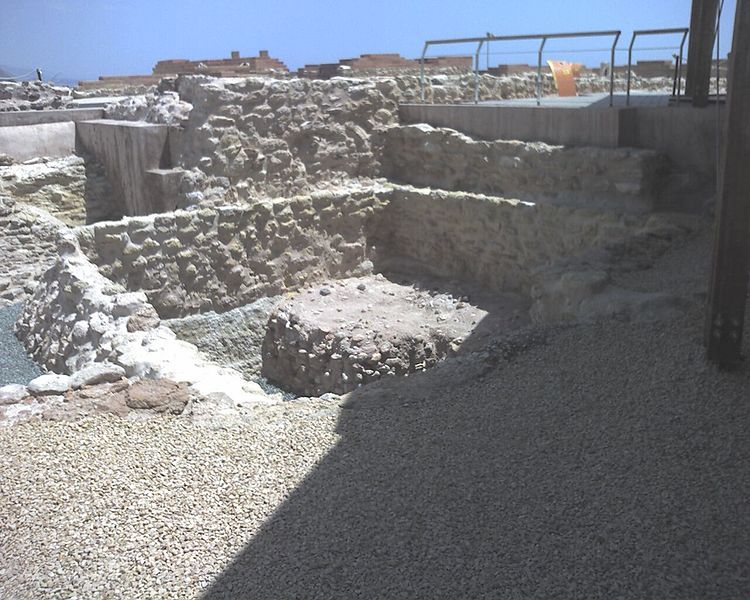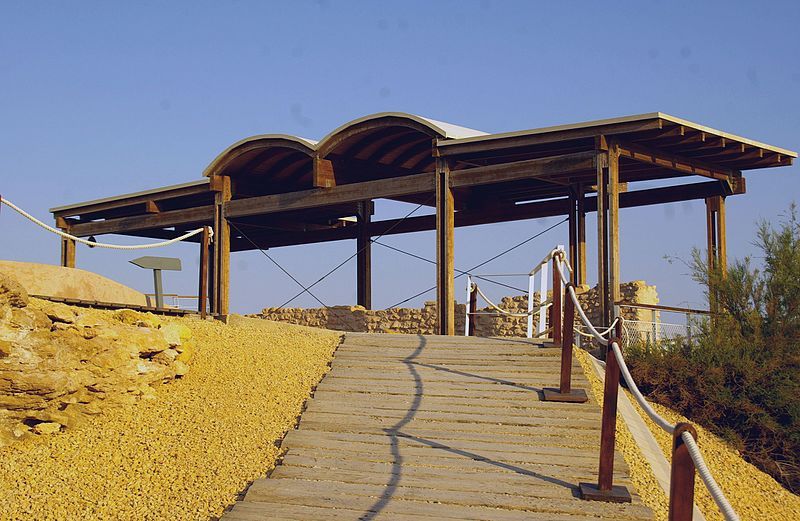About
Curious features are carved into the wave-cut platform on the shore. Local legend has it that this place was once the bathing site of a Moorish queen, who sat atop carved thrones and let the waves wash her. But romantic as this idea may be, the "baths" in question were actually the holding tanks of a Roman fish processor.
The Romans took advantage of the sea’s bounty, building stock ponds and other facilities to capture and hold fish. The pools they tanks they created still stand today, though they’ve unfortunately suffered from a fair amount of sea erosion over the centuries. There’s even a snorkeling trail around the peninsula that’ll take you to the fish farm and its tank from the seaward side.
Though the Roman remains are the most dominant, you can also find remains from the Neolithic, Iberian, Bronze Age, and Moorish periods of Alicante's complex history. It’s one of the most extensively excavated archaeological sites in the region.
The site, originally a peninsula, was separated by an ancient earthquake. When the causeway was built 1943, it was connected to the mainland and became a peninsula once again. Unfortunately, the resulting roadworks destroyed a large necropolis.
Related Tags
Know Before You Go
Street parking near the site is possible, but often the available spaces are full. You can park in a free informal parking lot right next to the main beach and the marina. From there, you need to walk north, aiming to walk past the Martello tower you will see from the parking lot. If this site is full, a commercial parking lot just up the hill charges €3 per day. If you go on the snorkeling trail please remember that you are not allowed to actually enter the Roman fish holding tanks. The site is currently managed by the Alicante Museum of Archaeology.
Published
October 18, 2018


































